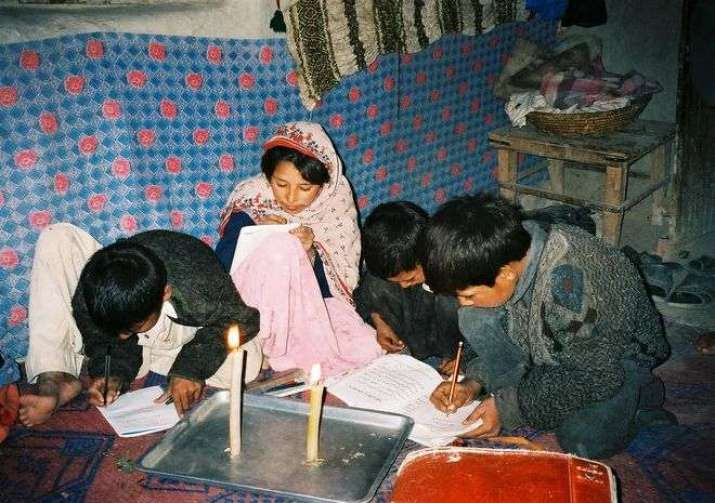Shyamal Sinha

The history of wa rosoku dates back to the Nara period.
The technique of making candles was introduced from China; by using the technique, wa rosoku was created as a Japanese traditional craft.
There are many unique details to wa rosoku which are unlike Western candles, such as ingredients and the shape of flame. Wax made of wax tree feels unique and is something you cannot experience with any other candles.
Wa rosoku is made of 100% plant-based ingredients. That is why it produces less soot, and environment-friendly; it does not stain walls and such when used indoors, and can be enjoyed as an interior decoration. The faint smell of melting wax is great, too. It will make you relax.
At Japanese Kimono Online Shop, we sell candles made of 100% Japan wax and wa rousoku made of 100% plant-based wax which consists of palm wax and rice wax.
Hundreds of Buddhist temples in Japan are donating used ceremonial candles to provide much needed sources of light for underprivileged children across the world. In June alone some 7,800 partially used candles still with hours of use in them were packed into cardboard boxes and loaded on board a ship in Yokohama port to begin a three-month journey over sea and land to children in need in Afghanistan.
The initiative to collect and ship these used candles came from Kobori Inc, a Kyoto-based manufacturer and supplier of altar accessories and ceremonial candles.
Ceremonial candles, or wa-rousoku, are used in Japan during Buddhist ceremonies such as funerals and memorial services. They are larger—between 14 and 26 centimeters in length—than the European dinner candles and have a thicker wick, meaning that they burn hotter and generate a larger flame, thus providing more light, and are less likely to flicker or be blown out by a draft.
When the candles are used in Buddhist ceremonies they are lit for an hour at most, while the candles can burn for 5–6 hours, leaving 80–90 percent of the candle unused. And since new candles are used for every ceremony, temples are left with a large quantity of partly used but otherwise still very useful candles.

In the past, these partially used candles would have been thrown out, but since 2004, when a temple in Kyoto contacted Kobori asking whether the candles could be repurposed or reused, they have been given a new life. In an interview with the Japan Times in 2008, the then-managing director of Kobori, Susumu Kobori, mentioned that although it was possible to melt and repurpose candle wax, it is costly to do so, so the company came up with the idea of collecting the used candles and shipping them to communities with unstable power supplies.
For the shipping and distribution of the candles, Kobori Inc partnered with the Japanese Organization for International Cooperation in Family Planning (JOICFP), a Tokyo-based NGO that sends secondhand school satchels to children in need around the world. In the past 15 years, Kobori and JOICFP have sent more than 100,000 donated candles to children in Afghanistan, Cambodia,Myanmar, Nepal, and other countries.
The children who receive them treasure the candles as light after sunset can be a precious commodity in certain regions. In countries such as Afghanistan, for instance, the daily electricity supply can be limited and is often only accessible for a few hours a day. People use oil lamps to supplement electric lighting, but oil prices fluctuate in the region and rising oil prices leave many poorer families in the dark.
While candles are available at local markets, they are often expensive and do not last as long as Japanese temple candles, so the donated candles are very welcome as they provide a much-needed light, allowing parents to cook and children to study after dark. In a literal sense, they illuminate the potential of the children in these poor rural areas.
The temples that have joined the initiative are very grateful for the new purpose these used candles have been given, and even individuals can now join the program by donating leftover candles from home shrines. As Tadashi Kobori, 67, the 11-generation president of Kobori, noted: “[It] is an opportunity for us to practice the Buddhist idea of compassion.” (The Asahi Shimbun)
Kobori hopes to continue the charitibale donations for as long as the company can manage.












